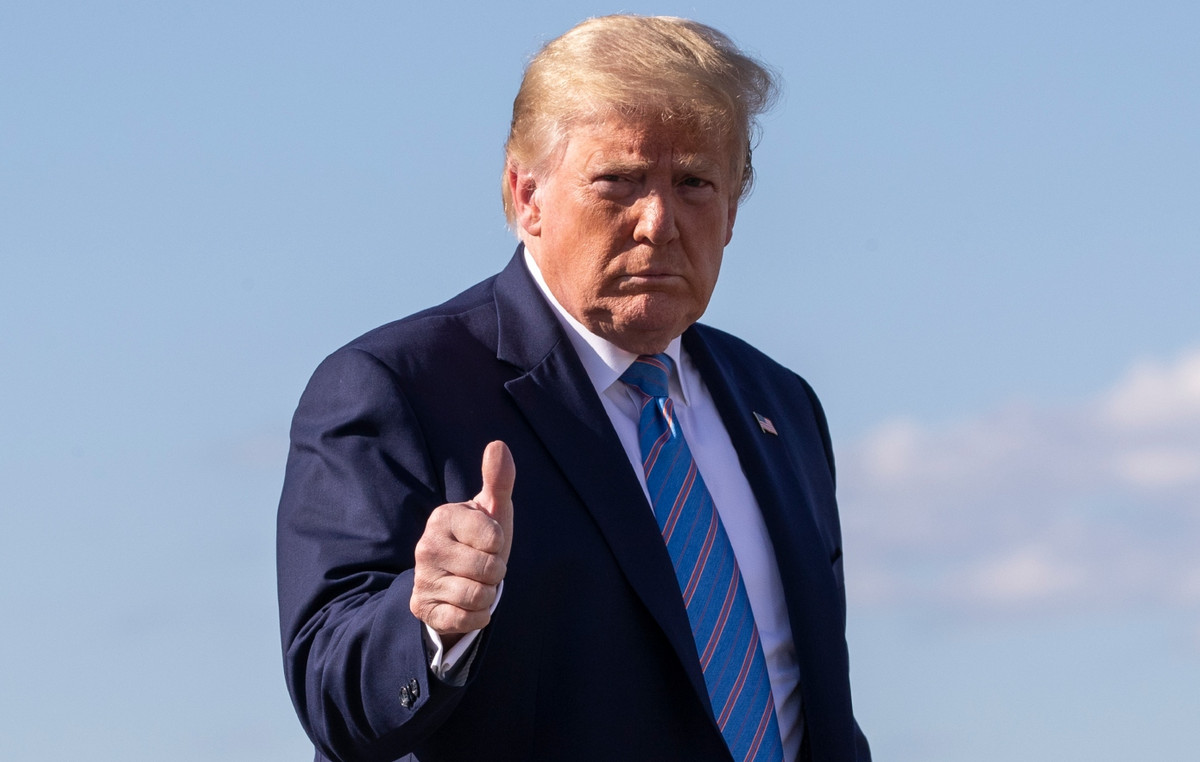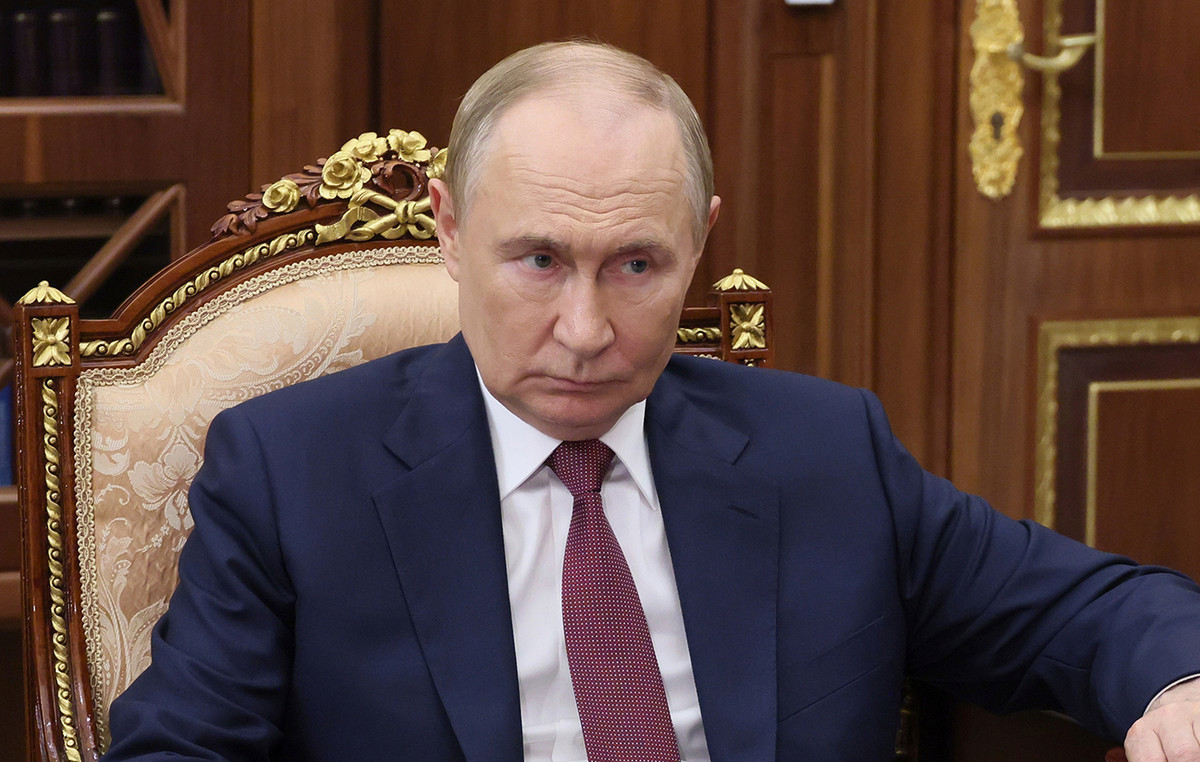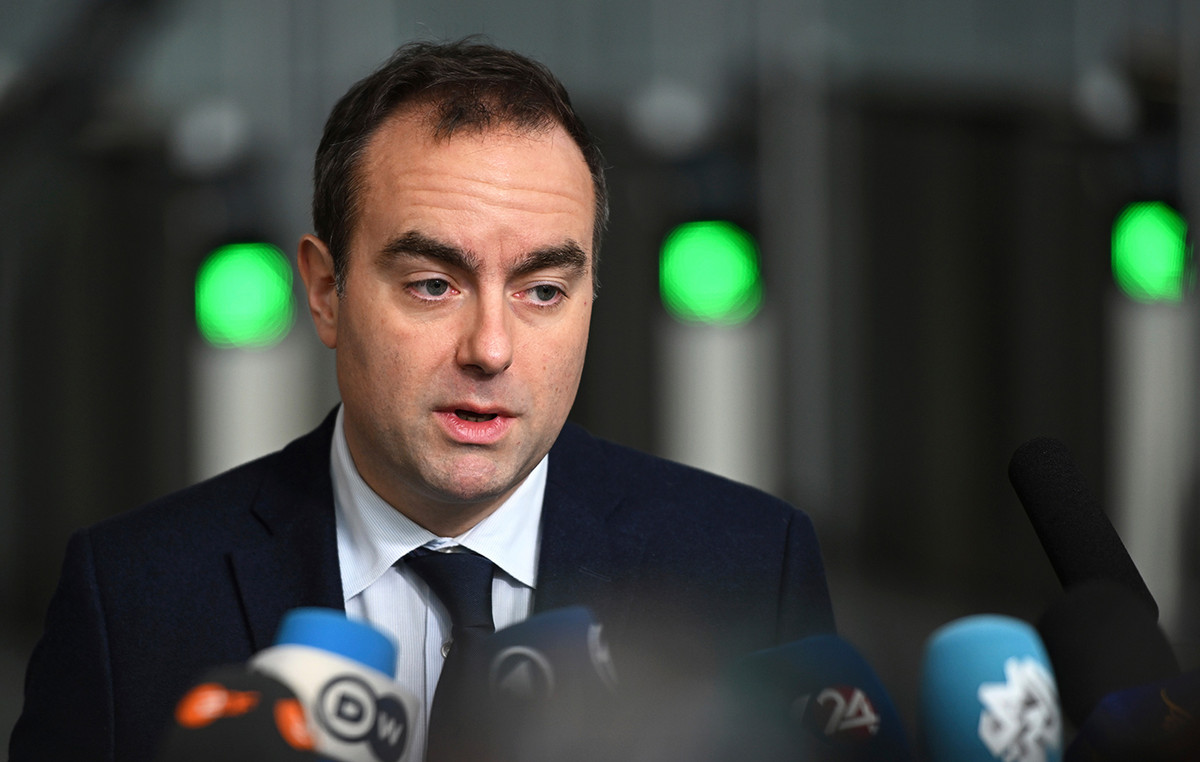- The EUR/USD falls below 1,1700 during American negotiation hours after two days of lateral movement between 1,1700 and 1,1750.
- The initial applications of unemployment subsidy in the US fall to 227K, surprising markets with a fourth consecutive weekly fall and pointing to a continuous strength in the labor market.
- The ECB is expected to keep the rates in July, although the markets still discount a more cut this year in the midst of weak growth in the Eurozone.
The euro (EUR) weakens against the US dollar (USD) on Thursday, since the dollar advances after weekly labor data of the US stronger than expected, which reinforces the confidence in the resilience of the labor market. However, the feeling of the market is still cautious amid persistent tariff threats of Washington and ongoing commercial negotiations with the European Union (EU).
The EUR/USD falls below the 1700 mark after two days of lateral negotiation between 1,1700 and 1,1750. At the time of writing, it is around 1,1687 during the American negotiation session.
Initial applications for unemployment subsidy in the United States decreased by 5,000 to 227,000 for the week that ended on July 6, challenging market expectations of an increase to 235,000. This marks the fourth consecutive weekly fall and the lowest reading in almost two months, offering new evidence that the labor market remains solid despite the high interest rates and the persistent uncertainty related to trade. The data gave an impulse to the US dollar, since the operators reduced the bets on short -term rate cuts by the Federal Reserve.
That said, continued applications for unemployment subsidy increased by 10,000 to 1,965 million, reaching its highest level since the late 2021. This divergence suggests that, although the dismissals remain low, the recontraction may be slowing down, pointing to a certain margin of slack in the labor market, even when the general figures remain solid.
On the Commercial Front, the United States and the European Union are approaching an agreement while they rush to end a pact before the deadline of August 1. The EU Chief of Commerce, Maroš šefčovič, said that “good progress” had been achieved and noted that a framework agreement could be reached in the next few days. The potential agreement could include a base tariff of around 10%, with special exceptions for important products such as Airbus aircraft. While the US has already postponed its original deadline, President Donald Trump has warned that there will be no more delays. It has already begun to send formal letters of tariffs to other countries, increasing pressure on EU negotiators.
The president of the European Commission, Ursula von der Leyen, has reiterated the “uninterrupted” efforts of the EU to ensure an “agreement in principle” that offers stability to companies, recognizing that tariffs are a scenario of “loser-loss”. However, divisions persist within the EU. Germany is pressing a quick and specific agreement to protect its car exports, while countries such as France, Spain, Italy and Denmark prefer a more complete and balanced commercial framework.
In the front of monetary policy, the European Central Bank (ECB) is expected to maintain interest rates without changes in its July meeting. However, market participants still believe that the ECB could cut the rates at least once again before the end of the year, since inflation remains close to the objective and economic growth is still fragile throughout the eurozone.
EURO – FREQUENT QUESTIONS
The euro is the currency of the 19 countries of the European Union that belong to the Eurozone. It is the second most negotiated currency in the world, behind the US dollar. In 2022, it represented 31 % of all foreign exchange transactions, with an average daily business volume of more than 2.2 billion dollars a day. The EUR/USD is the most negotiated currency pair in the world, with an estimate of 30 %of all transactions, followed by the EUR/JPY (4 %), the EUR/GBP (3 %) and the EUR/AU (2 %).
The European Central Bank (ECB), based in Frankfurt (Germany), is the Eurozone reserve bank. The ECB establishes interest rates and manages monetary policy. The main mandate of the ECB is to maintain price stability, which means controlling inflation or stimulating growth. Its main tool is the rise or decrease in interest rates. Relatively high interest rates (or the expectation of higher types) usually benefit the euro and vice versa. The GOVERNMENT BOOK of the ECB makes decisions about monetary policy in meetings that are held eight times a year. The decisions are made by the directors of the National Banks of the Eurozone and six permanent members, including the president of the ECB, Christine Lagarde.
Eurozone inflation data, measured by the harmonized consumer prices index (IPCA), are an important economic indicator for the euro. If inflation increases more than expected, especially if it exceeds 2% of the ECB, it forces the ECB to rise interest rates to control it again. Relatively high interest rates compared to their counterparts usually benefit the euro, since they make the region more attractive as a place for global investors to deposit their money.
Published data measure the health of the economy and can have an impact on the euro. Indicators such as GDP, manufacturing and services PMIs, employment and consumer trust surveys can influence the direction of the single currency. A strong economy is good for the euro. Not only attracts more foreign investment, but it can encourage the ECB to raise interest rates, which will directly strengthen the euro. Otherwise, if economic data is weak, the euro is likely to fall. The economic data of the four largest economies in the euro zone (Germany, France, Italy and Spain) are especially significant, since they represent 75% of the economy of the euro area.
Another important fact that is published on the euro is the commercial balance. This indicator measures the difference between what a country earns with its exports and what you spend on imports during a given period. If a country produces highly demanded export products, its currency will gain value simply by the additional demand created by foreign buyers seeking to buy those goods. Therefore, a positive net trade balance strengthens a currency and vice versa in the case of a negative balance
Source: Fx Street
I am Joshua Winder, a senior-level journalist and editor at World Stock Market. I specialize in covering news related to the stock market and economic trends. With more than 8 years of experience in this field, I have become an expert in financial reporting.







